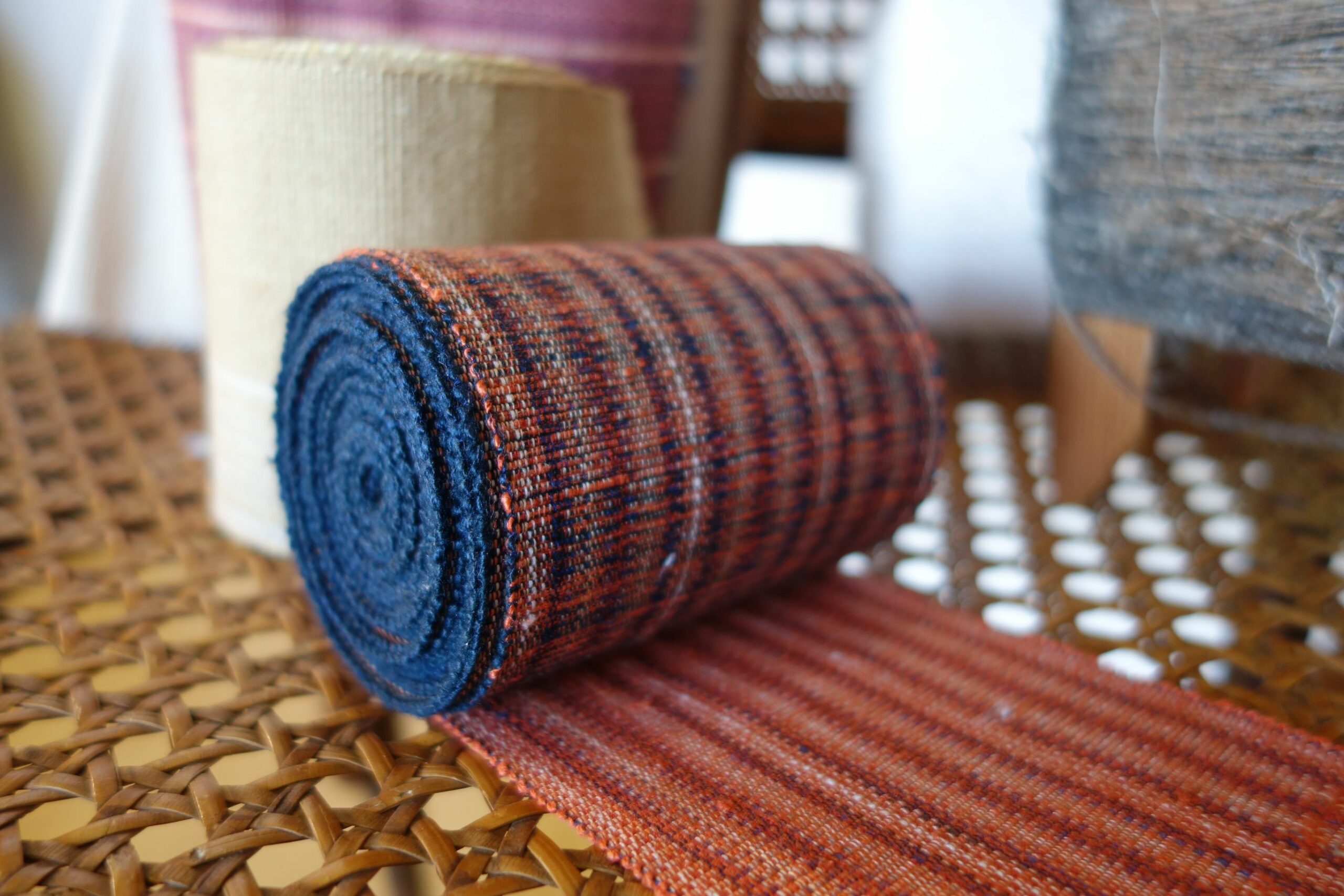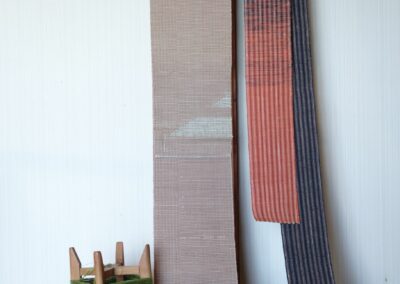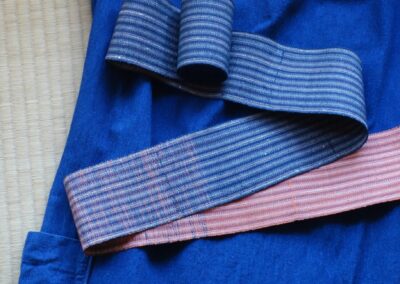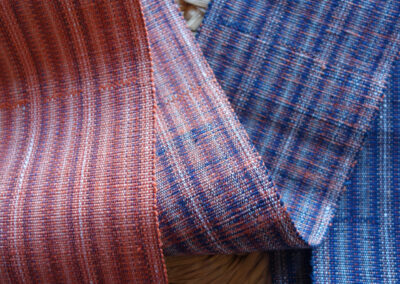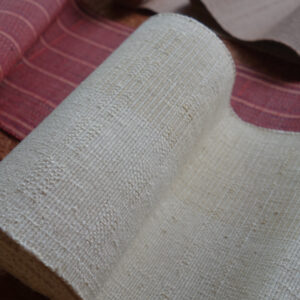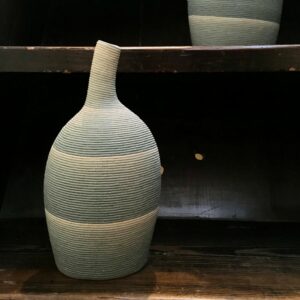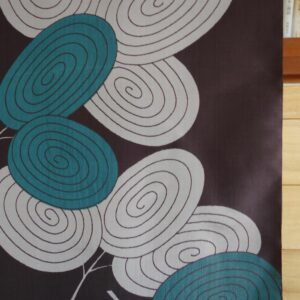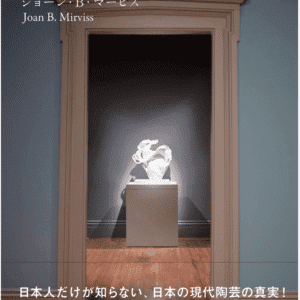Obi Indigo – Orange
Obi (belt) for men. Woven with silk pongee, which manifests in a rather rough, wild texture of the fabric. By adjusting the wefts, the colour progresses gradually from denim-like deep indigo to sunset-like warm orange. The gradation adds an accent to the entire coordination or scenery as a hanging textile on a wall.
Theoretically and formally, obi for women is at least double the width; 17cm (6.7in). But in some regions and occasions, such as in the hot and humid island of Okinawa, it is also common for women to wear narrow obi for daily use. The kimono we see in today’s media or magazines may be overly layered and styled, compared to the time when kimono was really the only option for daily wear. And for that daily use purpose, this narrow obi is perfect.
¥40,000
In stock
Additional information
| Weight | 100 g |
|---|---|
| Dimensions | 380 × 8.5 cm |
| Color | Indigo, Orange |
| Maker | Yoshiko Munehiro |
| Material | Silk |
Full Product Details
Have you ever popped into a kimono shop in Japan, or been given a piece as a souvenir? If you happen to own one of these kimono robes, this obi belt comes in handy when you want to add an authentic touch to your styling with kimono.
This was initially designed for men, with only 8.5cm in width; theoretically and formally, obi for women is at least double the width. But in some regions and occasions, such as in the hot and humid island of Okinawa, it is also common for women to wear narrow obi for daily use.
The kimono we see in today’s media or magazines may be overly layered and styled, compared to the time when kimono was really the only option for daily wear. And for that daily use purpose, this narrow obi is perfect. It would also be nice to wear it with your coat, a dress, wide trousers or a long skirt.
The colour progresses from denim-like deep indigo to sunset-like warm orange. The gradation is done by adjusting the wefts.
The material is tsumugi silk pongee, a kind of silk traditionally hand-spun. It utilises every part of silk threads, including bumps and knots, which gives it warmth and a look similar to cotton. This distinctive texture is ideal to use as a belt; wrapping around and tying is easy. For its nature, tsumugi once was categorised as daily wear, not suitable for a formal occasion. Now some of the tsumugi kimono have actually become more expensive than the formal kimonos, for their rarity.
Hanging a favourite piece of textile changes the atmosphere of an entire space. This common practice among fabric lovers should be shared; hang it on your wall or ceiling, or let it spread across your couch. Much easier to switch around than wallpaper.
The more you use it, the texture gets softer, which makes it easier to use. A virtuous cycle there.
Read more about Yoshiko Munehiro
